Policy Deployment Matrix / X-Matrix
Policy deployment is the process of turning a strategic vision into an actionable task that frontline leaders and employees can commit to.
Even with a great strategy and a highly effective team that is capable of making substantial improvements, a company can fall short of its goals. Why? The two are not aligned. People are working hard to make things better, but the things they are doing often do not get the company closer to its goals. It is particularly challenging for people to feel like they are doing well, but have company leaders talk about the company missing its goals.
Policy deployment provides the framework that links every employee’s work to the top-level strategy. One of the tools that helps do this is the policy deployment matrix, also known as the X-matrix due to the conspicuous “X” located in the middle of the page.
Get Our Policy Deployment Matrix for FREE

Developing a strategic vision is not enough. Somehow, that vision must make its way down to the decision-making process of every employee within the company.
In effect, policy deployment is a cascading set of goals with clearly defined targets that aligns the actions of the entire company. The vision is turned into a set of 3 to 5 year strategic objectives. Each of those objectives is broken down into an annual goal, which drives a set of improvement priorities. Individuals are assigned the responsibility to manage the action plans that will bring those improvement priorities to reality.
Of course, without clearly defined targets, it is impossible to know whether you have achieved success.
One of the great things about the policy deployment matrix is that it shows how different priorities and goals interact. A single annual objective may require a coordinated approach with multiple improvement priorities. The policy deployment matrix shows, at a glance, how those priorities are linked.
The other benefit of the policy deployment matrix is that it can tie different levels of the organization together. The 1-year breakthroughs, improvement priorities, and improvement targets all link to the subordinate organizations they apply to, which then come up with their own improvement priorities to support the higher-level policy deployment matrix.
The targets on each policy deployment matrix populate a policy deployment bowler. Every improvement priority will either cascade down to a lower level PD matrix, or it will turn into an action plan that will not only show tasks and ownership but will also predict the impact on the PD goals.

Policy Deployment Words of Warning
- Keep the number of breakthroughs low. By definition, breakthroughs are big Those take a lot of effort. Don’t dilute your resources.
- Make sure improvement priorities are linked to specific processes. You won’t achieve your breakthroughs unless you improve the way you do work. If you can’t identify the processes that will lead to hitting your targets, that is an indicator of a major problem.
- Be careful about how you introduce the policy deployment matrix to your team. When it is completely filled out, it can be intimidating.
- Make sure you get input from subordinates when developing your policy deployment matrix. Use the catchball process as much as possible.

A common initial reaction to seeing the policy deployment matrix is “Oh, great. The executives just came up with more goals to hit.” That reaction is often justified based on past experience with improvement initiatives.
Policy deployment, though, has a strong record of success when done right. It also has a positive impact on frontline team members. The PD matrix acts to focus leaders and keeps them from changing course on a whim.
A common complaint from employees is that they get whipped back and forth every time there is a new project to work on. This tool helps dampen that effect. Most managers don’t have time to work on much that is not covered by policy deployment.
While there will still be a significant flow of improvement activity, the major difference is that with PD, all that activity is linked by a common objective.
If your company is using the X-matrix, ask to take a look at it. It can be very enlightening to see what the executives in your company think is important. It will also provide clarity so you can see how your activities fit into the big picture.

It is hard to overestimate how much more effective of a leader you can be if you use the policy deployment matrix correctly. The structure that it applies to your leadership style eliminates many of the problems that you likely face. Your team will have a much better understanding of what it is that you want to do. That means there will be less confusion when you give them instructions. You will be less likely to give mixed messages to them, and you will focus yourself on the things that will have the biggest impact your organization’s success.
The policy deployment matrix also helps you coordinate with your leadership peers. With a good policy deployment matrix, everyone’s cards are on the table. Each leader knows what the other leaders around him or her are working on. This promotes cooperation. They can share resources, prevent redundancy of effort, and avoid unknowingly working at odds against each other.
Finally, you will highlight specific processes that your team needs to focus on to hit your breakthrough objectives. In typical leadership, there is a disconnect between strategy and what the frontline teams are doing. With this tool, you can show your employees the linkage between what they are doing and the direction the company is going. This creates a sense of purpose that adds to job satisfaction.
![]()
Next Steps to Implement Policy Deployment:
- Get training on policy deployment. Because policy deployment is central to the success of your organization, mistakes can have a significant impact. (Contact Velaction at Info@Velaction.com to learn more about how we can help.)
- Gain a deep understanding of the voice of the customer. This may entail a voice of the customer exercise.
- Develop a strategic vision. This is the big picture view of what the company will look like in 10 years. It does not necessarily have specific numbers assigned to it.
- Develop your top-level policy deployment. This is where strategic vision turns into specific, quantitative goals that align the subordinate organizations with the corporate strategy.
- Each subordinate organization develops its own policy deployment matrix, policy deployment bowlers, and action plans as necessary. Senior leaders review these plans and goals in a catchball
- Countermeasures are developed. Any action plan that is off the pace , or any PD miss gets a countermeasure. This should be completed before the operations review.
- The leadership team conducts monthly PD and operations reviews throughout the year to make sure that action plans and targets are all still on track.
- The strategic planning process is repeated annually. The goals are continually adjusted as business conditions change and improvement priorities are completed.
If your organization is unaccustomed to using policy deployment, I encourage you to bring in a coach as you learn this powerful methodology.
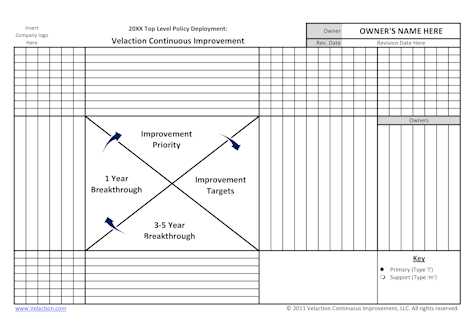
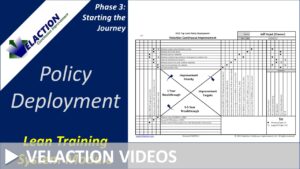
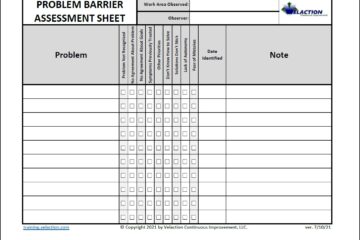
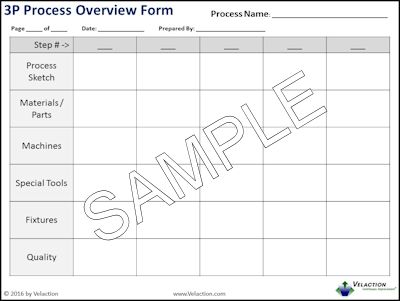
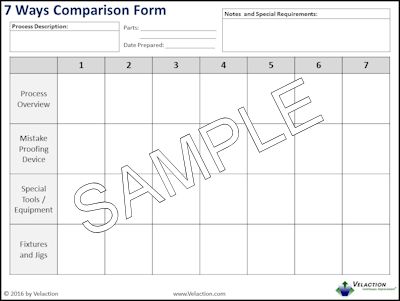
0 Comments